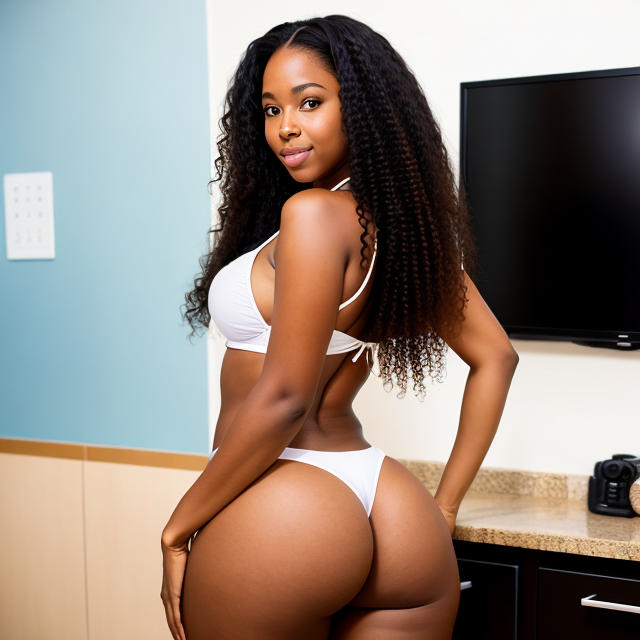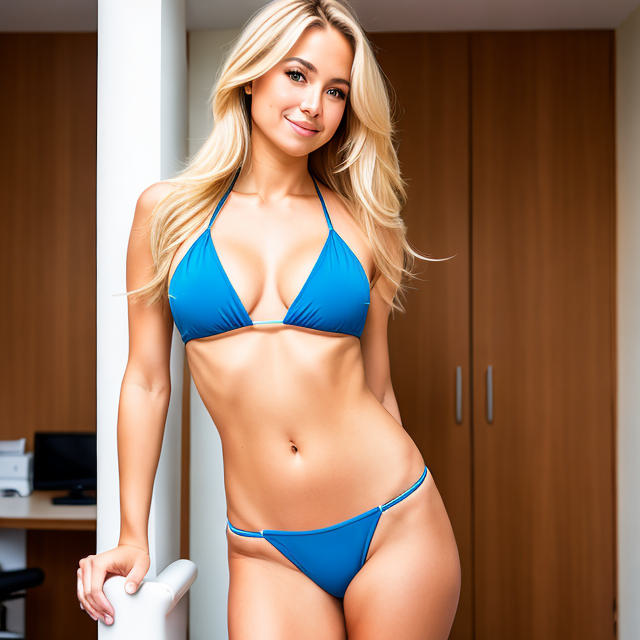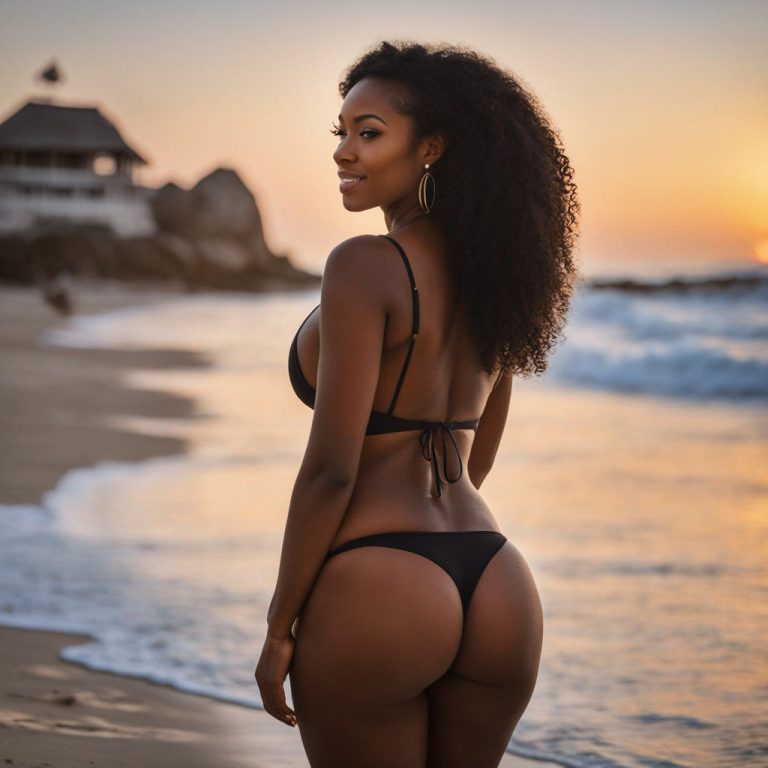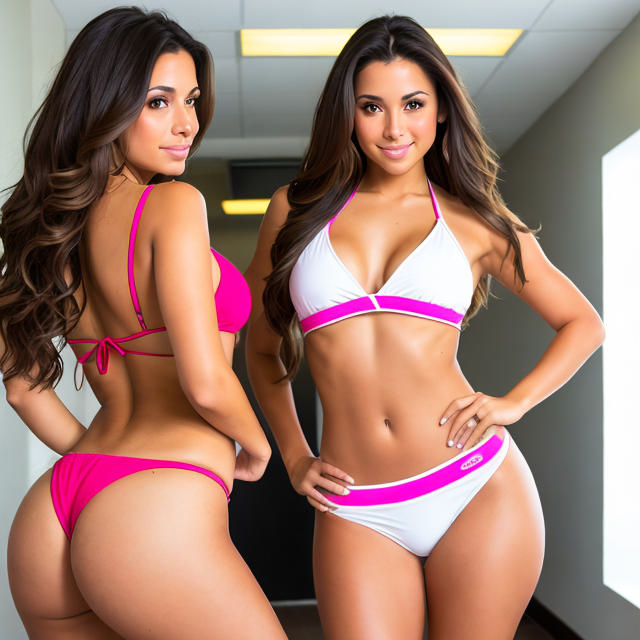Vein Health 101: Educational Insights into Spider and Varicose Veins
Posted on: February 16, 2024
Spider veins and varicose veins, often confused for one another, are distinct conditions with unique characteristics. While both affect millions worldwide, impacting aesthetics and health, their causes, symptoms, and treatments differ significantly. Spider veins appear as thin blue or red lines on the skin’s surface, primarily a cosmetic concern. In contrast, varicose veins are larger, raised blood vessels that can cause discomfort and lead to more serious health issues if untreated. This post delves into the nuances of these vascular problems to provide clarity and guide those affected towards appropriate care options.
Understanding Varicose Veins and Spider Veins
What They Are
Varicose veins are twisted veins that appear bulged or raised on the skin’s surface. They often look blue or purple. Spider veins, however, are smaller. They might look like thin lines, webs, or branches.
People usually find varicose veins in their legs. This happens because standing and walking increase pressure in the lower body’s veins. Spider veins can also be found on the face besides legs.
Key Differences
The main difference between varicose and spider veins lies in their appearance and size. Varicose veins are larger and more noticeable than spider veins.
- Varicose Veins:
- Bulged
- Twisted
- Often painful
- Spider Veins:
- Thin lines
- Web-like appearance
- Usually not painful
Another difference is how they feel. People with varicose often experience discomfort or pain while those with spider usually do not.
Common Areas Affected
Both types of vein issues primarily affect the legs due to pressure from standing and walking.
However, spider can also appear on the face. This is less common for varicoses which mainly stay on the legs.
Blood flow problems lead to both conditions but they show up differently depending on where they occur in your body.
Causes and Symptoms of Varicose Veins and Spider Veins
Genetic Factors
Genetic predisposition plays a significant role in the development of varicose veins and spider veins. If your family members have these conditions, you might be at higher risk.
Many people inherit weak vein walls or valves. This weakness can lead to venous insufficiency over time. It’s important to know your family history regarding these conditions.
Hormonal Influences
Hormones also contribute to the occurrence of varicose veins and spider veins, especially in women. Pregnancy, menopause, and puberty can trigger hormonal changes that affect veins.
Estrogen and progesterone levels influence vein walls’ elasticity. During pregnancy, for instance, increased blood volume puts extra pressure on veins.
Lifestyle Factors
Certain lifestyle choices can increase the risk or worsen symptoms of venous insufficiency. These include:
- Standing or sitting for long periods.
- Lack of exercise.
- Obesity.
Regular physical activity improves blood circulation. It helps prevent blood from pooling in your legs.
Symptoms Overview
Symptoms associated with these vein issues vary but often include:
- Heaviness
- Aching
- Visible vein appearance
- Itching around the affected area
These symptoms reflect underlying venous insufficiency. They usually worsen by day’s end or after prolonged standing/sitting.
Who Is at Risk of Varicose Veins and Spider Veins?
Age Factor
Older individuals face a higher risk. As people age, their vein walls weaken. This increases the likelihood of varicose veins.
Women are particularly vulnerable due to hormonal changes. Factors such as menopause, pregnancy, and the use of birth control pills can affect vein health.
Lifestyle Impact
Obesity puts extra pressure on your veins. This can lead to spider and varicose veins. A sedentary lifestyle also contributes to the problem. Sitting or standing for long periods hampers blood flow in the legs.
Family History
Genetics play a significant role in susceptibility. If your parents had these vein problems, you’re more likely to develop them too.
People with a family history need to be especially vigilant about prevention.
Prevention and Self-Care for Varicose Veins and Spider Veins
Regular Exercise
Regular exercise keeps the blood flowing smoothly through your veins. It strengthens your legs, where varicose veins often appear. Walking, swimming, and cycling are excellent choices.
Exercise also helps manage your weight. Excess weight puts extra pressure on your veins. This can worsen the condition of those already at risk due to family history.
Compression Stockings
Compression stockings apply gentle pressure to your legs. This supports healthy blood flow back to the heart.
They come in various sizes and strengths. Your doctor can help you choose the right pair for you. Many people find relief using them daily, especially if they stand or sit a lot for work.
Elevating Legs
Elevating your legs reduces vein pressure in your lower body. Try to lift them above heart level whenever possible.
Do this several times a day for 15 minutes each time. Use pillows under your feet while resting or sleeping.
Non-Surgical Treatment Options for Varicose and Spider Veins
Sclerotherapy Effectiveness
Sclerotherapy is a popular choice. It works well on smaller veins. A special solution gets injected into the vein. This causes it to scar and close, redirecting blood flow.
Patients often see improvement quickly. Multiple sessions might be needed for best results. There’s minimal downtime, making it convenient.
Laser Treatments
Laser treatments offer a non-invasive approach. They use strong bursts of light directed at the vein. This makes the vein slowly fade and vanish.
It’s great for spider veins and small varicose veins on the surface of the skin. There are no cuts or needles involved. Some people might need more than one treatment to achieve their desired outcome.
Lifestyle Modifications
Lifestyle changes can support other treatments:
- Regular exercise improves circulation.
- Maintaining a healthy weight reduces pressure on your legs.
- Elevating your legs helps with blood flow back to your heart.
These modifications can alleviate symptoms but won’t remove veins already present.
Surgical and Minimally-Invasive Treatments for Varicose and Spider Veins
Endovenous Laser Treatment
Endovenous laser treatment (EVLT) targets larger varicose veins. A doctor uses ultrasound to guide a small laser fiber through the vein. The laser heats the vein, closing it off.
This procedure causes minimal pain. Patients can usually return to normal activities quickly. However, they must wear compression stockings for a short time after.
Ambulatory Phlebectomy
Ambulatory phlebectomy removes surface veins through tiny skin punctures. It’s effective for both spider veins and smaller varicose veins. A nurse or doctor numbs the area first.
The recovery is fast, with most people resuming work in a day or two. Some bruising may occur but fades over time.
Radiofrequency Ablation
Radiofrequency ablation (RFA) involves heating the vein wall using radiofrequency energy. Like EVLT, it requires ultrasound guidance to position the catheter correctly in the vein.
RFA is less painful than traditional surgery and has a quicker recovery period. Afterward, patients need to wear compression stockings for optimal healing.
In all cases, patients should have a consultation before deciding on treatment. Questions about lifestyle changes might be discussed during this time. For example, reducing long periods of sitting can prevent new varicose or spider veins from forming. Always check with your healthcare provider or visit their website for more information on these treatments.
Recovery After Varicose Vein Surgery
Recovery Timeline
After surgery for varicose veins, patients often wonder about the recovery timeline. Typically, recovery spans a few weeks to months. Most people can resume daily activities within a week.
However, full recovery and the disappearance of symptoms like swelling may take up to four weeks. Each patient’s experience varies based on their health and the extent of their surgery.
Post-Surgery Care
Post-surgery care is crucial for a smooth recovery. One key aspect is wearing compression garments. These help reduce swelling and improve blood circulation.
Patients are advised to wear these garments for at least two weeks after the procedure. This aids in faster healing and reduces discomfort.
Activity Restrictions
Understanding activity restrictions post-procedure is essential for proper healing. Initially, heavy lifting or vigorous exercise should be avoided to prevent strain on treated areas.
Here’s a quick guide:
- Avoid standing or sitting for long periods.
- Engage in light walking to promote blood flow.
- Follow your doctor’s specific advice regarding more strenuous activities.
Complications and Long-Term Outlook for Varicose Vein Treatment
Potential Complications
After varicose vein treatment, most patients hope for smooth recovery. However, some may face complications. Infection, bleeding, and deep vein thrombosis (DVT) are potential risks.
Infections can delay healing, causing discomfort. Bleeding might occur if the treated area doesn’t close properly. DVT is a serious condition where blood clots form in deep veins. It can lead to severe health problems if not addressed quickly.
Recurrence Rates
Varicose veins can come back even after successful treatment. Studies show varying recurrence rates, but they are not uncommon.
Factors influencing recurrence include the original severity of the condition and adherence to post-treatment care instructions. Regular follow-up with healthcare providers is crucial to monitor any signs of recurrence early on.
Follow-Up Care
Follow-up care plays a vital role in long-term success after varicose vein treatments.
Patients should attend all scheduled appointments post-treatment. These visits allow doctors to check healing progress and catch any issues early.
- Wear compression stockings as advised
- Maintain an active lifestyle
- Manage weight effectively
These steps help minimize the risk of complications and recurrence, ensuring better outcomes.
Understanding, preventing, and treating varicose veins and spider veins are crucial steps for those affected. These conditions not only impact aesthetics but also signify underlying health concerns. Through early detection, lifestyle adjustments, and appropriate medical interventions, individuals can manage symptoms and reduce the risk of complications. The journey from initial diagnosis to recovery requires patience and adherence to professional advice, ensuring a positive long-term outlook.
For anyone experiencing signs of varicose or spider veins, seeking medical consultation is imperative. Healthcare professionals offer tailored treatments that align with each patient’s unique circumstances. Embracing a proactive approach towards vein health can significantly enhance one’s quality of life. Remember, addressing vein issues early on paves the way for more effective management and potentially avoids the need for more invasive procedures down the line.
Frequently Asked Questions
What are varicose veins and spider veins?
Varicose veins are large, swollen blood vessels that usually occur in the legs. Spider veins are smaller, red or blue vessels that also appear on the legs but can show up on the face as well.
What causes varicose and spider veins?
These conditions are primarily caused by weakened or damaged valves within the veins which lead to blood pooling instead of flowing towards the heart.
Who is most at risk for developing varicose and spider veins?
Individuals over 50, those with a family history of vein problems, pregnant women, and people who stand or sit for long periods are at higher risk.
How can I prevent varicose and spider veins?
Regular exercise, maintaining a healthy weight, elevating your legs when resting, and wearing compression stockings can help prevent these vein issues.
Are there non-surgical treatments available for varicose and spider veins?
Yes. Sclerotherapy, laser therapy, and radiofrequency ablation are common non-surgical options that effectively treat both conditions without surgery.
What does recovery from varicose vein surgery involve?
Recovery typically involves wearing compression stockings to support healing and walking daily to promote circulation. Most activities can be resumed shortly after surgery.
What complications could arise from treating varicose veins?
While rare, complications may include infection at the incision site, deep vein thrombosis (DVT), nerve damage around
Spider veins and varicose veins, often confused for one another, are distinct conditions with unique characteristics. While both affect millions worldwide, impacting aesthetics and health, their causes, symptoms, and treatments differ significantly. Spider veins appear as thin blue or red lines on the skin’s surface, primarily a cosmetic concern. In contrast, varicose veins are larger, raised blood vessels that can cause discomfort and lead to more serious health issues if untreated. This post delves into the nuances of these vascular problems to provide clarity and guide those affected towards appropriate care options.
Understanding Varicose Veins and Spider Veins
What They Are
Varicose veins are twisted veins that appear bulged or raised on the skin’s surface. They often look blue or purple. Spider veins, however, are smaller. They might look like thin lines, webs, or branches.
People usually find varicose veins in their legs. This happens because standing and walking increase pressure in the lower body’s veins. Spider veins can also be found on the face besides legs.
Key Differences
The main difference between varicose and spider veins lies in their appearance and size. Varicose veins are larger and more noticeable than spider veins.
- Varicose Veins:
- Bulged
- Twisted
- Often painful
- Spider Veins:
- Thin lines
- Web-like appearance
- Usually not painful
Another difference is how they feel. People with varicose often experience discomfort or pain while those with spider usually do not.
Common Areas Affected
Both types of vein issues primarily affect the legs due to pressure from standing and walking.
However, spider can also appear on the face. This is less common for varicoses which mainly stay on the legs.
Blood flow problems lead to both conditions but they show up differently depending on where they occur in your body.
Causes and Symptoms of Varicose Veins and Spider Veins
Genetic Factors
Genetic predisposition plays a significant role in the development of varicose veins and spider veins. If your family members have these conditions, you might be at higher risk.
Many people inherit weak vein walls or valves. This weakness can lead to venous insufficiency over time. It’s important to know your family history regarding these conditions.
Hormonal Influences
Hormones also contribute to the occurrence of varicose veins and spider veins, especially in women. Pregnancy, menopause, and puberty can trigger hormonal changes that affect veins.
Estrogen and progesterone levels influence vein walls’ elasticity. During pregnancy, for instance, increased blood volume puts extra pressure on veins.
Lifestyle Factors
Certain lifestyle choices can increase the risk or worsen symptoms of venous insufficiency. These include:
- Standing or sitting for long periods.
- Lack of exercise.
- Obesity.
Regular physical activity improves blood circulation. It helps prevent blood from pooling in your legs.
Symptoms Overview
Symptoms associated with these vein issues vary but often include:
- Heaviness
- Aching
- Visible vein appearance
- Itching around the affected area
These symptoms reflect underlying venous insufficiency. They usually worsen by day’s end or after prolonged standing/sitting.
Who Is at Risk of Varicose Veins and Spider Veins?
Age Factor
Older individuals face a higher risk. As people age, their vein walls weaken. This increases the likelihood of varicose veins.
Women are particularly vulnerable due to hormonal changes. Factors such as menopause, pregnancy, and the use of birth control pills can affect vein health.
Lifestyle Impact
Obesity puts extra pressure on your veins. This can lead to spider and varicose veins. A sedentary lifestyle also contributes to the problem. Sitting or standing for long periods hampers blood flow in the legs.
Family History
Genetics play a significant role in susceptibility. If your parents had these vein problems, you’re more likely to develop them too.
People with a family history need to be especially vigilant about prevention.
Prevention and Self-Care for Varicose Veins and Spider Veins
Regular Exercise
Regular exercise keeps the blood flowing smoothly through your veins. It strengthens your legs, where varicose veins often appear. Walking, swimming, and cycling are excellent choices.
Exercise also helps manage your weight. Excess weight puts extra pressure on your veins. This can worsen the condition of those already at risk due to family history.
Compression Stockings
Compression stockings apply gentle pressure to your legs. This supports healthy blood flow back to the heart.
They come in various sizes and strengths. Your doctor can help you choose the right pair for you. Many people find relief using them daily, especially if they stand or sit a lot for work.
Elevating Legs
Elevating your legs reduces vein pressure in your lower body. Try to lift them above heart level whenever possible.
Do this several times a day for 15 minutes each time. Use pillows under your feet while resting or sleeping.
Non-Surgical Treatment Options for Varicose and Spider Veins
Sclerotherapy Effectiveness
Sclerotherapy is a popular choice. It works well on smaller veins. A special solution gets injected into the vein. This causes it to scar and close, redirecting blood flow.
Patients often see improvement quickly. Multiple sessions might be needed for best results. There’s minimal downtime, making it convenient.
Laser Treatments
Laser treatments offer a non-invasive approach. They use strong bursts of light directed at the vein. This makes the vein slowly fade and vanish.
It’s great for spider veins and small varicose veins on the surface of the skin. There are no cuts or needles involved. Some people might need more than one treatment to achieve their desired outcome.
Lifestyle Modifications
Lifestyle changes can support other treatments:
- Regular exercise improves circulation.
- Maintaining a healthy weight reduces pressure on your legs.
- Elevating your legs helps with blood flow back to your heart.
These modifications can alleviate symptoms but won’t remove veins already present.
Surgical and Minimally-Invasive Treatments for Varicose and Spider Veins
Endovenous Laser Treatment
Endovenous laser treatment (EVLT) targets larger varicose veins. A doctor uses ultrasound to guide a small laser fiber through the vein. The laser heats the vein, closing it off.
This procedure causes minimal pain. Patients can usually return to normal activities quickly. However, they must wear compression stockings for a short time after.
Ambulatory Phlebectomy
Ambulatory phlebectomy removes surface veins through tiny skin punctures. It’s effective for both spider veins and smaller varicose veins. A nurse or doctor numbs the area first.
The recovery is fast, with most people resuming work in a day or two. Some bruising may occur but fades over time.
Radiofrequency Ablation
Radiofrequency ablation (RFA) involves heating the vein wall using radiofrequency energy. Like EVLT, it requires ultrasound guidance to position the catheter correctly in the vein.
RFA is less painful than traditional surgery and has a quicker recovery period. Afterward, patients need to wear compression stockings for optimal healing.
In all cases, patients should have a consultation before deciding on treatment. Questions about lifestyle changes might be discussed during this time. For example, reducing long periods of sitting can prevent new varicose or spider veins from forming. Always check with your healthcare provider or visit their website for more information on these treatments.
Recovery After Varicose Vein Surgery
Recovery Timeline
After surgery for varicose veins, patients often wonder about the recovery timeline. Typically, recovery spans a few weeks to months. Most people can resume daily activities within a week.
However, full recovery and the disappearance of symptoms like swelling may take up to four weeks. Each patient’s experience varies based on their health and the extent of their surgery.
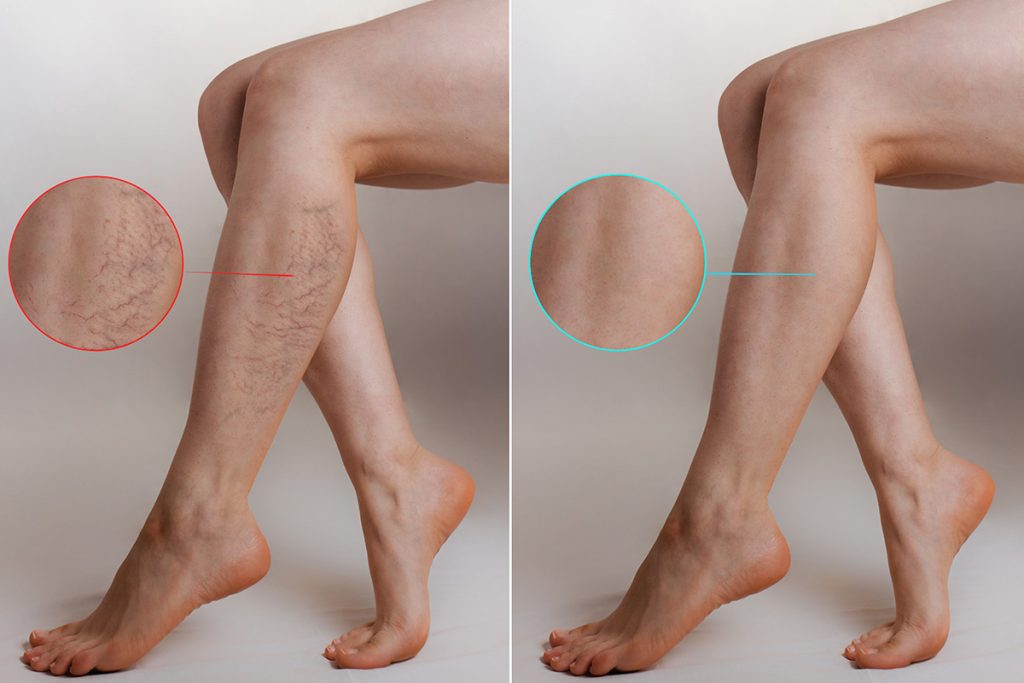
Post-Surgery Care
Post-surgery care is crucial for a smooth recovery. One key aspect is wearing compression garments. These help reduce swelling and improve blood circulation.
Patients are advised to wear these garments for at least two weeks after the procedure. This aids in faster healing and reduces discomfort.
Activity Restrictions
Understanding activity restrictions post-procedure is essential for proper healing. Initially, heavy lifting or vigorous exercise should be avoided to prevent strain on treated areas.
Here’s a quick guide:
- Avoid standing or sitting for long periods.
- Engage in light walking to promote blood flow.
- Follow your doctor’s specific advice regarding more strenuous activities.
Complications and Long-Term Outlook for Varicose Vein Treatment
Potential Complications
After varicose vein treatment, most patients hope for smooth recovery. However, some may face complications. Infection, bleeding, and deep vein thrombosis (DVT) are potential risks.
Infections can delay healing, causing discomfort. Bleeding might occur if the treated area doesn’t close properly. DVT is a serious condition where blood clots form in deep veins. It can lead to severe health problems if not addressed quickly.
Recurrence Rates
Varicose veins can come back even after successful treatment. Studies show varying recurrence rates, but they are not uncommon.
Factors influencing recurrence include the original severity of the condition and adherence to post-treatment care instructions. Regular follow-up with healthcare providers is crucial to monitor any signs of recurrence early on.
Follow-Up Care
Follow-up care plays a vital role in long-term success after varicose vein treatments.
Patients should attend all scheduled appointments post-treatment. These visits allow doctors to check healing progress and catch any issues early.
- Wear compression stockings as advised
- Maintain an active lifestyle
- Manage weight effectively
These steps help minimize the risk of complications and recurrence, ensuring better outcomes.
Understanding, preventing, and treating varicose veins and spider veins are crucial steps for those affected. These conditions not only impact aesthetics but also signify underlying health concerns. Through early detection, lifestyle adjustments, and appropriate medical interventions, individuals can manage symptoms and reduce the risk of complications. The journey from initial diagnosis to recovery requires patience and adherence to professional advice, ensuring a positive long-term outlook.
For anyone experiencing signs of varicose or spider veins, seeking medical consultation is imperative. Healthcare professionals offer tailored treatments that align with each patient’s unique circumstances. Embracing a proactive approach towards vein health can significantly enhance one’s quality of life. Remember, addressing vein issues early on paves the way for more effective management and potentially avoids the need for more invasive procedures down the line.
Frequently Asked Questions
What are varicose veins and spider veins?
Varicose veins are large, swollen blood vessels that usually occur in the legs. Spider veins are smaller, red or blue vessels that also appear on the legs but can show up on the face as well.
What causes varicose and spider veins?
These conditions are primarily caused by weakened or damaged valves within the veins which lead to blood pooling instead of flowing towards the heart.
Who is most at risk for developing varicose and spider veins?
Individuals over 50, those with a family history of vein problems, pregnant women, and people who stand or sit for long periods are at higher risk.
How can I prevent varicose and spider veins?
Regular exercise, maintaining a healthy weight, elevating your legs when resting, and wearing compression stockings can help prevent these vein issues.
Are there non-surgical treatments available for varicose and spider veins?
Yes. Sclerotherapy, laser therapy, and radiofrequency ablation are common non-surgical options that effectively treat both conditions without surgery.
What does recovery from varicose vein surgery involve?
Recovery typically involves wearing compression stockings to support healing and walking daily to promote circulation. Most activities can be resumed shortly after surgery.
What complications could arise from treating varicose veins?
While rare, complications may include infection at the incision site, deep vein thrombosis (DVT), nerve damage around treated areas but they vary depending on treatment type.
treated areas but they vary depending on treatment type.

